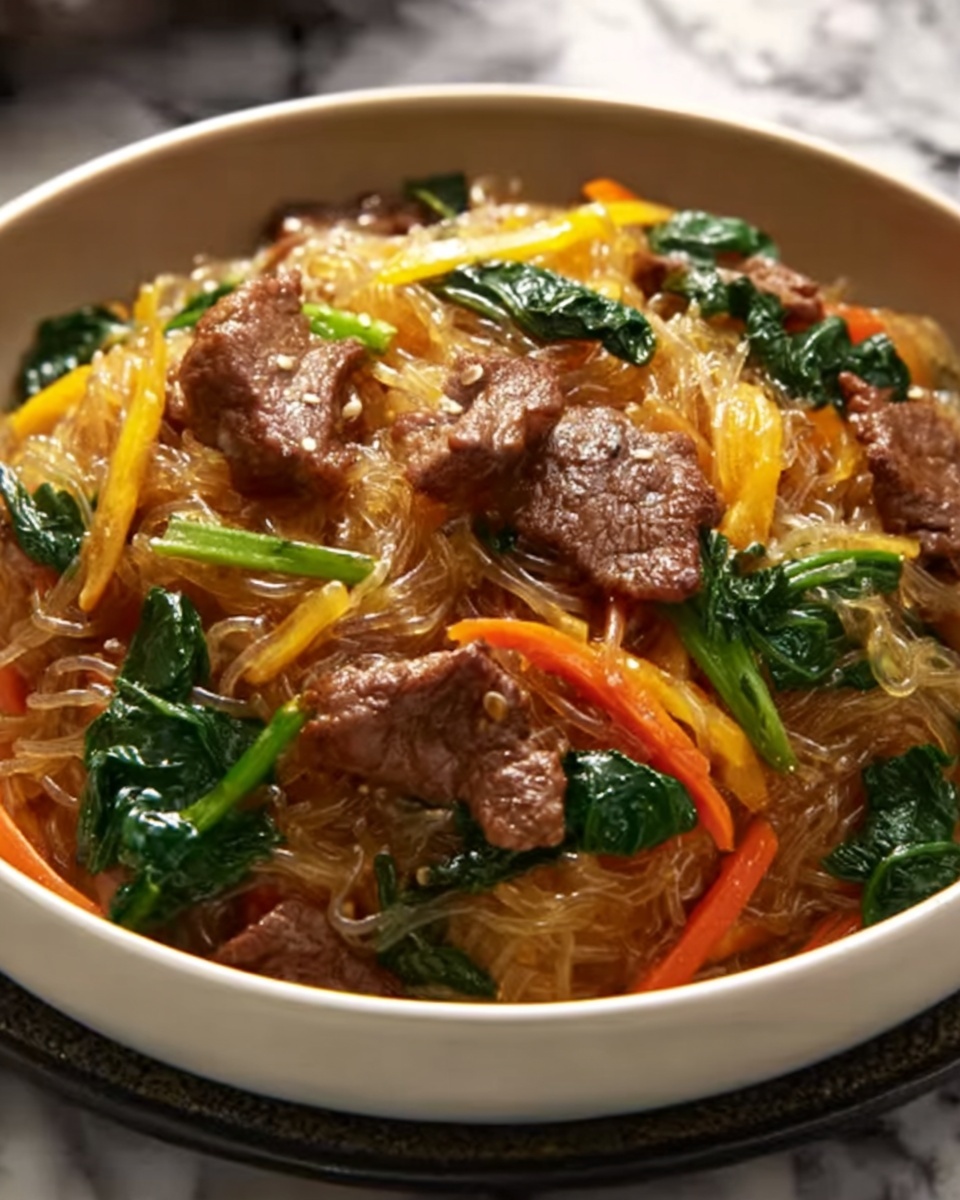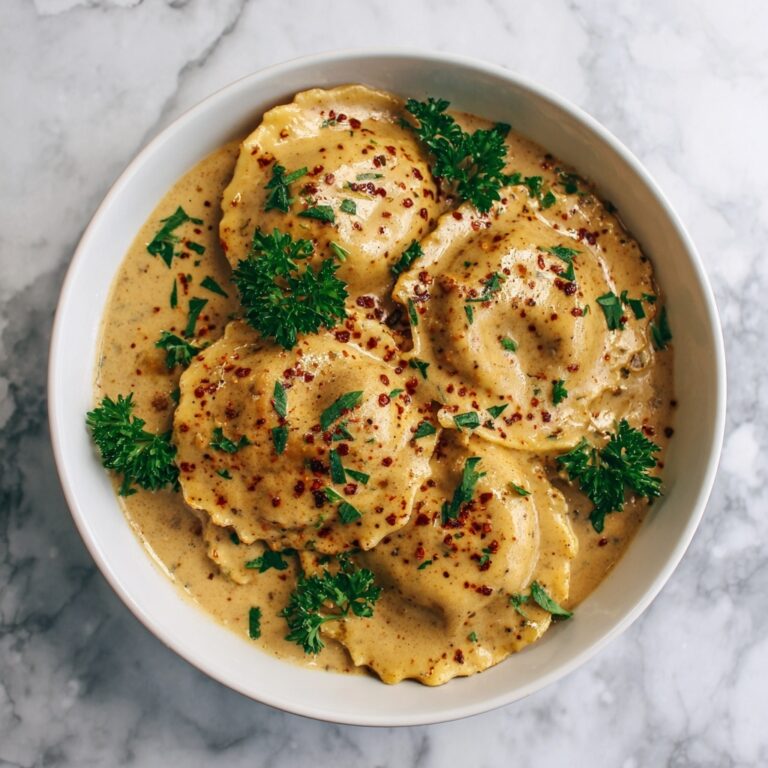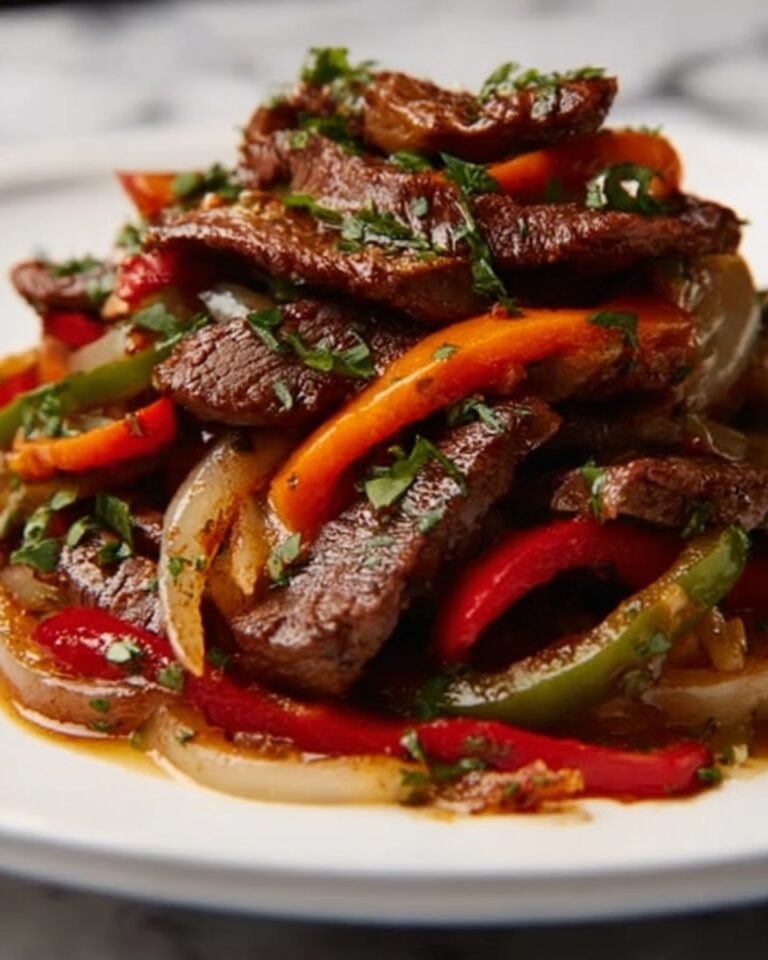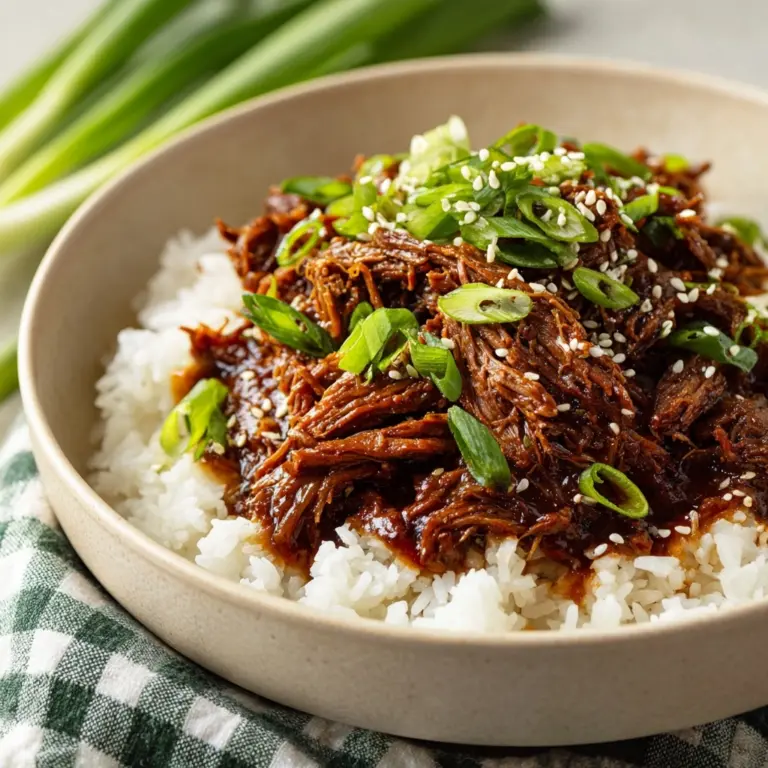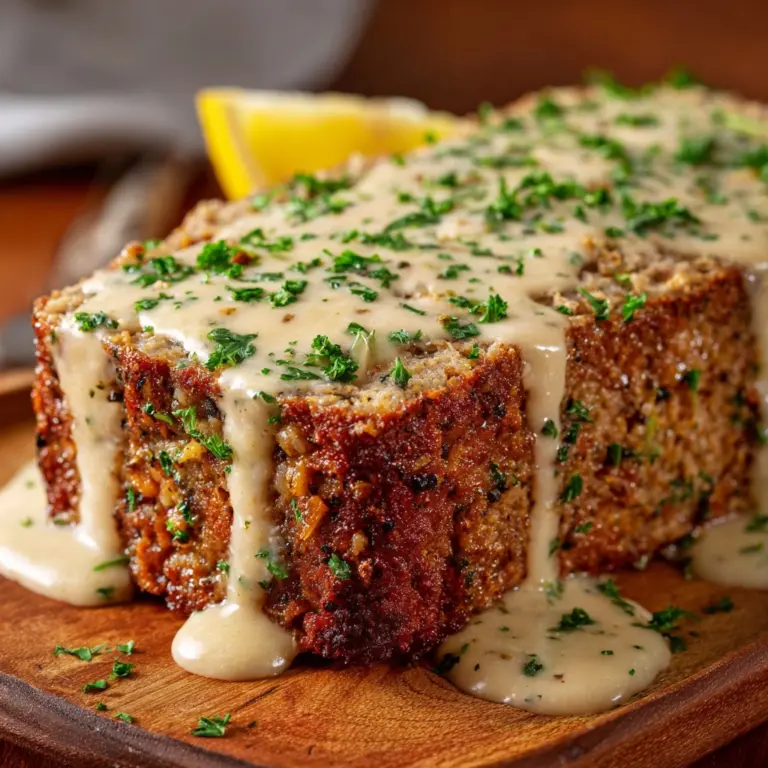If you have ever wanted to master a dish that is both vibrant and comforting, then the Sweet Potato Glass Noodles with Beef and Vegetables (Japchae) Recipe is exactly what you need to try. This Korean classic perfectly balances the chewy texture of sweet potato glass noodles with tender, savory beef and a colorful array of sautéed vegetables. The harmonious blend of sesame oil, soy sauce, and a hint of sweetness elevates every bite to a delightfully unforgettable experience. Whether you’re cooking for family or friends, this recipe will quickly become a beloved staple in your kitchen.
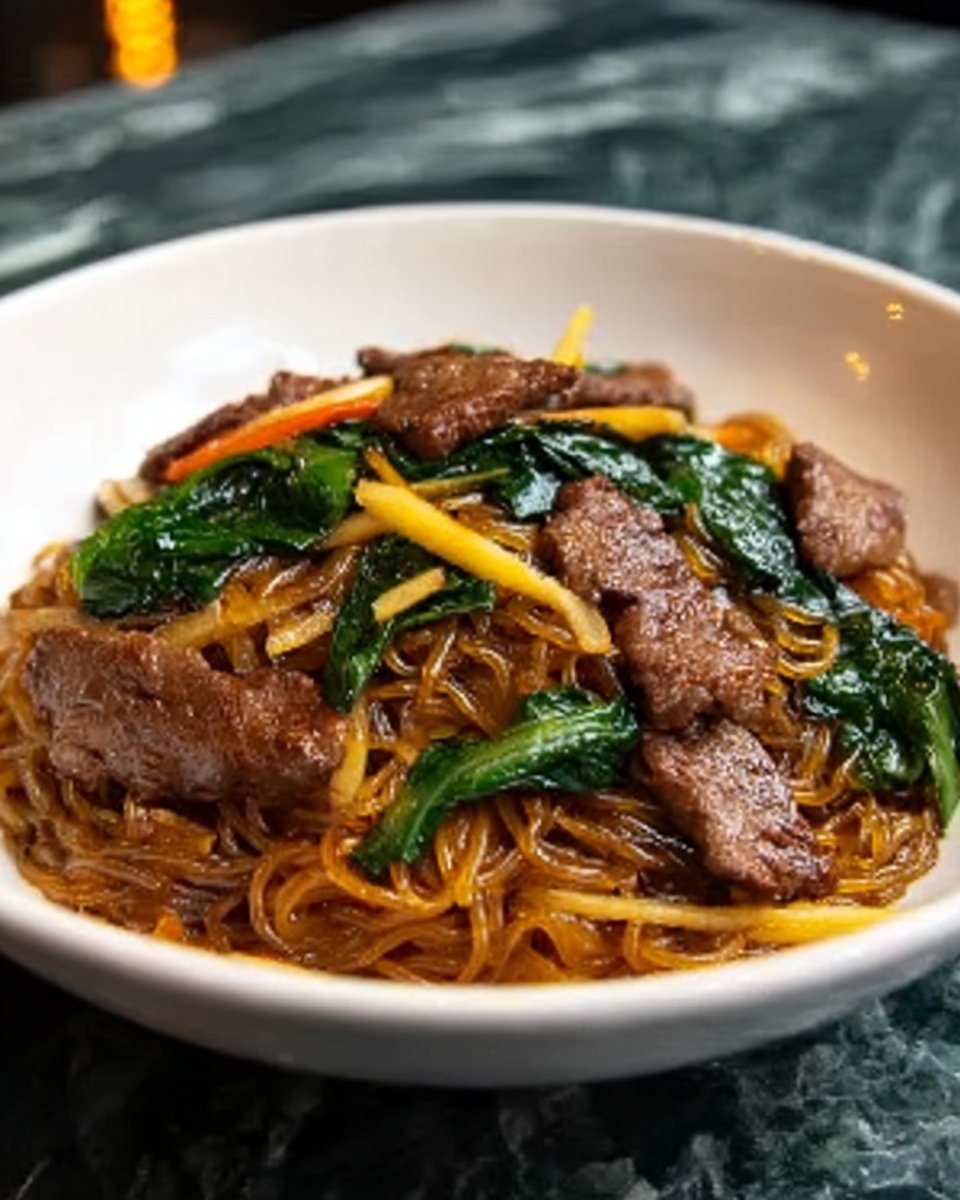
Ingredients You’ll Need
Getting the flavors just right starts with simple, fresh ingredients, each playing an essential role in building the dish’s taste, texture, and color. When combined, these straightforward components transform into a culinary masterpiece that feels both homey and special.
- 2 lb thin-sliced beef: Choose well-marbled cuts for juicy, flavorful meat that complements the noodles perfectly.
- 1 lb Korean sweet potato noodles (glass noodles): These translucent noodles provide the signature chewy texture that makes Japchae so addictive.
- 3 medium carrots, julienned: Add a natural sweetness and bright orange pop to the dish.
- 1 large white onion, thinly sliced: Enhances flavor with its subtle sweetness and tender bite.
- ½ bunch green onions, chopped: Fresh, mild onion flavor and vibrant green color make the dish pop.
- 6 garlic cloves, minced: Infuses a warm, aromatic kick throughout the noodles and vegetables.
- ½ lb spinach leaves: Adds tender greens that wilt down and offer freshness.
- 4 tbsp sesame oil (divided): Delivers a nutty richness that is signature to Korean cooking.
- 1 tbsp olive oil: Used for sautéing vegetables, helping them soften without overpowering flavors.
- 6 tbsp soy sauce (or tamari for gluten-free): The salty backbone brings all the ingredients into harmonious balance.
- 3 tbsp brown sugar: Gives a subtle sweetness that perfectly rounds out the savory notes.
How to Make Sweet Potato Glass Noodles with Beef and Vegetables (Japchae) Recipe
Step 1: Cook the Noodles
Start by bringing a large pot of water to a boil with a light drizzle of olive oil to keep the noodles from sticking together. Add the sweet potato glass noodles and cook them just until tender, about 5 to 6 minutes. Once cooked, drain them thoroughly and set them aside. This foundation is crucial because perfectly cooked noodles provide that signature chew that gives Japchae its unique texture.
Step 2: Cook the Beef
Heat a skillet over high heat and cook the thin-sliced beef until it’s beautifully browned and caramelized. While cooking, season the beef with half of the soy sauce, sesame oil, and brown sugar to penetrate every morsel with savory and sweet undertones. Cooking the beef first allows it to develop depth and keeps the meat tender and juicy.
Step 3: Sauté the Vegetables
In a separate skillet, warm the olive oil to a gentle heat and add your julienned carrots and thinly sliced onions. Sauté until they start to soften and release their natural sweetness. Add the remaining soy sauce, sesame oil, and brown sugar, then toss in the minced garlic and chopped green onions for another minute. This layering of flavors helps build the complexity and bright freshness you want in your Japchae.
Step 4: Add the Spinach
Next, stir in the spinach leaves until they are just wilted. The spinach adds a vibrant hue and a subtle earthiness which beautifully contrasts with the sweet and savory flavors of the other ingredients.
Step 5: Combine Ingredients
Finally, bring all components together by adding the cooked beef and sautéed vegetables to the noodles. Toss everything thoroughly in a large bowl to ensure every strand of noodle is coated with those delicious seasonings, creating a harmonious medley of textures and tastes.
Step 6: Serve Your Japchae
Serve your homemade Japchae warm. At this stage, you can add a few extra green onions on top for a fresh pop of color and flavor that will truly elevate the presentation and taste.
How to Serve Sweet Potato Glass Noodles with Beef and Vegetables (Japchae) Recipe
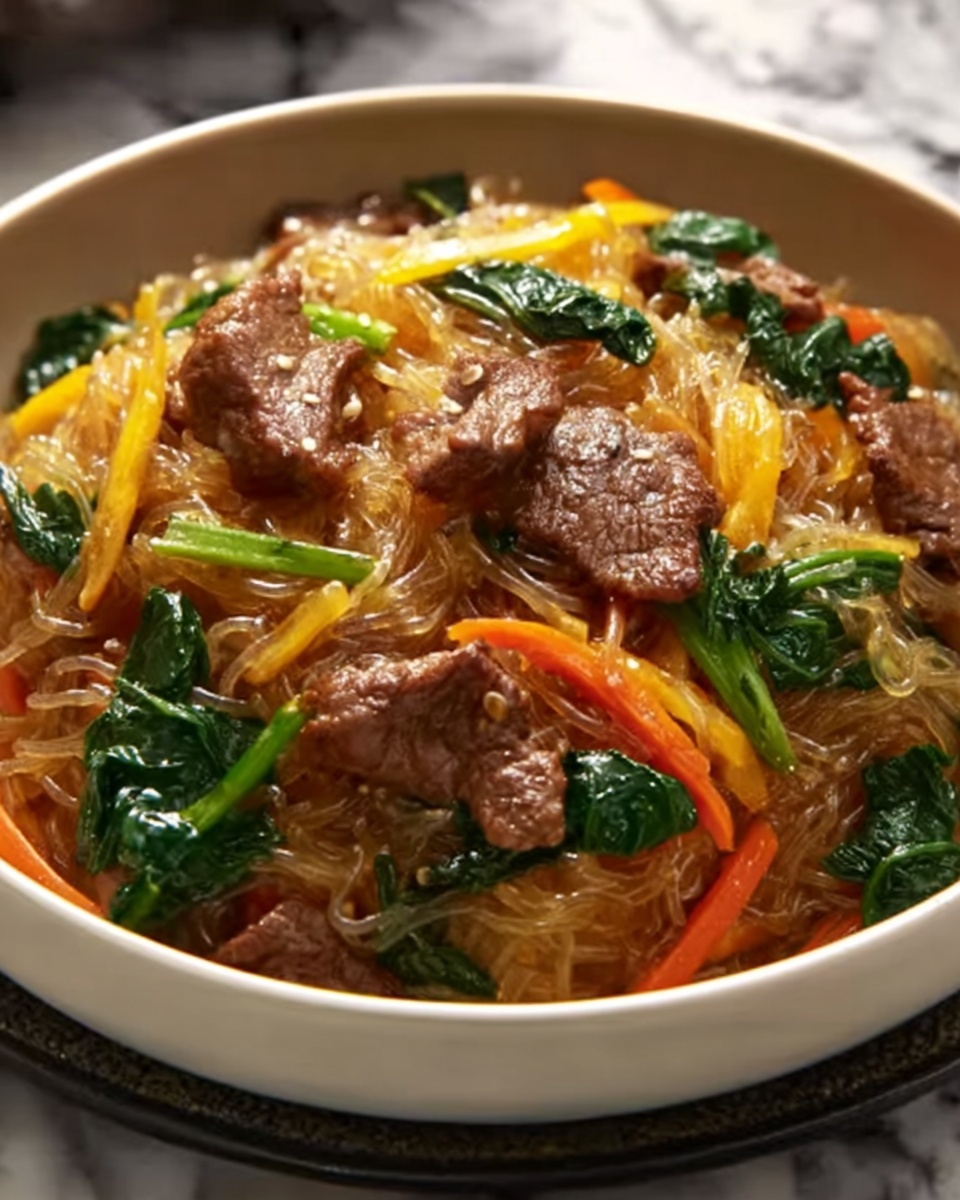
Garnishes
When it comes to garnishing your Japchae, think simple yet flavorful. Toasted sesame seeds sprinkled on top add a delightful crunch and enhance the nutty aroma from the sesame oil. Fresh chopped green onions or even thinly sliced red chili can add color and a mild kick, giving your plate a beautiful finishing touch.
Side Dishes
This Japchae pairs wonderfully with light and fresh side dishes. A crisp kimchi salad or pickled cucumber can complement the dish’s savory-sweet balance while adding refreshing acidity. For a more traditional Korean meal, serve it alongside steamed rice and perhaps some mild soybean sprouts or a bowl of miso soup.
Creative Ways to Present
For a fun twist, serve Japchae in individual lettuce cups for a handheld delight that’s perfect for gatherings. Alternatively, place it over a bed of lightly sautéed mushrooms or roasted sweet potatoes to add an earthy base and extra texture. You can also drizzle a little extra sesame oil or sprinkle crushed roasted peanuts for a fusion flair.
Make Ahead and Storage
Storing Leftovers
Sweet Potato Glass Noodles with Beef and Vegetables (Japchae) Recipe keeps well in an airtight container in the refrigerator for up to 3 days. The flavors often deepen overnight, making leftovers just as delicious or even better than freshly made!
Freezing
If you want to freeze Japchae, portion it into freezer-safe containers and keep it for up to 2 months. Keep in mind that the texture of the noodles can slightly soften upon thawing but the flavor will remain rich and inviting.
Reheating
Reheat your Japchae gently in a skillet over medium heat or in the microwave until warmed through. If the noodles seem dry, splash a little water or soy sauce to bring back their glossy, tender texture. Avoid overheating to ensure the beef and vegetables remain juicy and flavorful.
FAQs
Can I substitute the beef with other proteins?
Absolutely! While beef offers a rich, savory flavor, you can easily swap it for chicken, shrimp, or tofu. Each provides a slightly different but equally delicious version of the Sweet Potato Glass Noodles with Beef and Vegetables (Japchae) Recipe, allowing you to tailor it to your preference.
Are sweet potato noodles gluten-free?
Yes, sweet potato noodles are naturally gluten-free, making this dish an excellent option for those avoiding gluten. Just be sure to select gluten-free soy sauce or tamari to keep the recipe fully gluten-free.
How do I get the noodles to stay from sticking together?
A little olive oil added to the boiling water helps keep the noodles separate while cooking. Rinsing them under cold water soon after draining can also prevent them from sticking and cool them down for easier mixing with other ingredients.
Can I make Japchae vegan?
Definitely! Simply omit the beef and use tofu or additional vegetables like mushrooms and bell peppers. Use tamari or soy sauce without fish additives, and replace the brown sugar with a vegan-friendly sweetener if needed to keep it plant-based.
What is the key to getting authentic flavor in this Japchae recipe?
The secret lies in balancing the soy sauce, sesame oil, and brown sugar while cooking each component separately before combining them. This layered cooking technique develops depth and keeps each ingredient vibrant and distinct, which is essential to the Sweet Potato Glass Noodles with Beef and Vegetables (Japchae) Recipe’s true authenticity.
Final Thoughts
Once you try the Sweet Potato Glass Noodles with Beef and Vegetables (Japchae) Recipe, you’ll understand why it’s such a celebrated dish. It’s bright, flavorful, and downright comforting all at once—a perfect dish to share with loved ones or enjoy as a special treat for yourself. Take your time with each step, savoring the incredible aromas as they develop, and you’ll soon have a plateful that’s as beautiful as it is delicious. Happy cooking!
Print
Sweet Potato Glass Noodles with Beef and Vegetables (Japchae) Recipe
- Prep Time: 10 minutes
- Cook Time: 25 minutes
- Total Time: 35 minutes
- Yield: 4 servings
- Category: Main Dish
- Method: Stovetop
- Cuisine: Korean
- Diet: Gluten Free
Description
Japchae is a classic Korean dish featuring sweet potato glass noodles stir-fried with tender beef and sautéed vegetables in a savory-sweet soy and sesame oil sauce. This colorful and flavorful dish combines the chewiness of noodles with the freshness of spinach, carrots, and onions, perfect as a main or side dish.
Ingredients
Protein
- 2 lb thin-sliced beef (or substitute with chicken, tofu, or shrimp)
Noodles
- 1 lb Korean sweet potato noodles (glass noodles)
Vegetables
- 3 medium carrots, julienned
- 1 large white onion, thinly sliced
- ½ bunch green onions, chopped
- 6 garlic cloves, minced
- ½ lb spinach leaves
Oils & Sauces
- 4 tbsp sesame oil (divided)
- 1 tbsp olive oil
- 6 tbsp soy sauce (or tamari for gluten-free)
Sweetener
- 3 tbsp brown sugar
Instructions
- Cook the Noodles: Bring water to a boil in a large pot with a drizzle of olive oil. Add the sweet potato noodles and cook for 5-6 minutes until soft but chewy. Drain the noodles thoroughly and set aside to prevent sticking.
- Cook the Beef: Heat a skillet over high heat and cook the thinly sliced beef until it browns evenly. While cooking, season with half of the soy sauce, sesame oil, and brown sugar to infuse the meat with flavor. Once cooked through, remove the beef from the skillet and set aside.
- Sauté the Vegetables: In a separate skillet, heat the olive oil over medium heat. Add the julienned carrots and thinly sliced onions, sautéing until they soften but still retain a slight bite. Stir in the remaining soy sauce, sesame oil, and brown sugar. Add minced garlic and chopped green onions, then cook everything together for another minute to meld the flavors.
- Add the Spinach: Incorporate the fresh spinach leaves into the vegetable mixture, stirring frequently until the spinach wilts and softens, blending well with the other vegetables.
- Combine Ingredients: In a large bowl, combine the cooked beef, sautéed vegetables, and sweet potato noodles. Toss everything thoroughly to ensure the noodles and all ingredients are evenly coated with the flavorful sauce and oils.
- Serve: Serve the Japchae warm, optionally garnished with extra green onions for added freshness and a pop of color. Enjoy as a main dish or a flavorful side.
Notes
- You can substitute beef with chicken, tofu, or shrimp based on dietary preferences.
- For gluten-free, use tamari instead of regular soy sauce.
- Be careful not to overcook the noodles; they should be soft but still chewy.
- Keeping extra green onions for garnish adds freshness and visual appeal.
- Adjust the sugar and soy sauce quantities to taste, especially if using alternatives.

